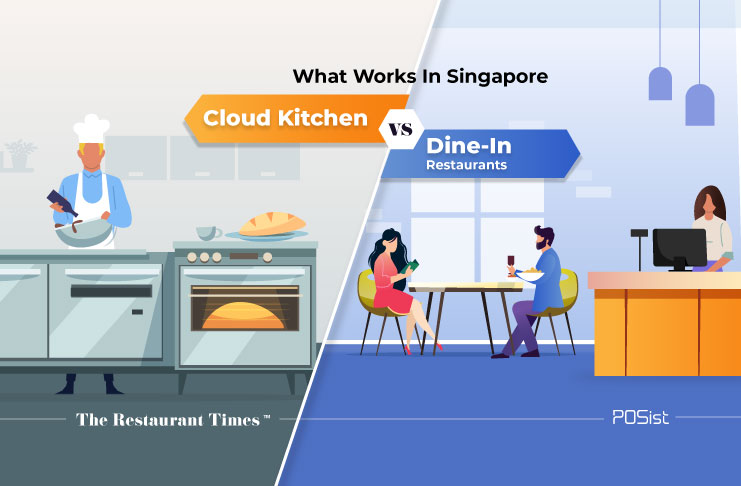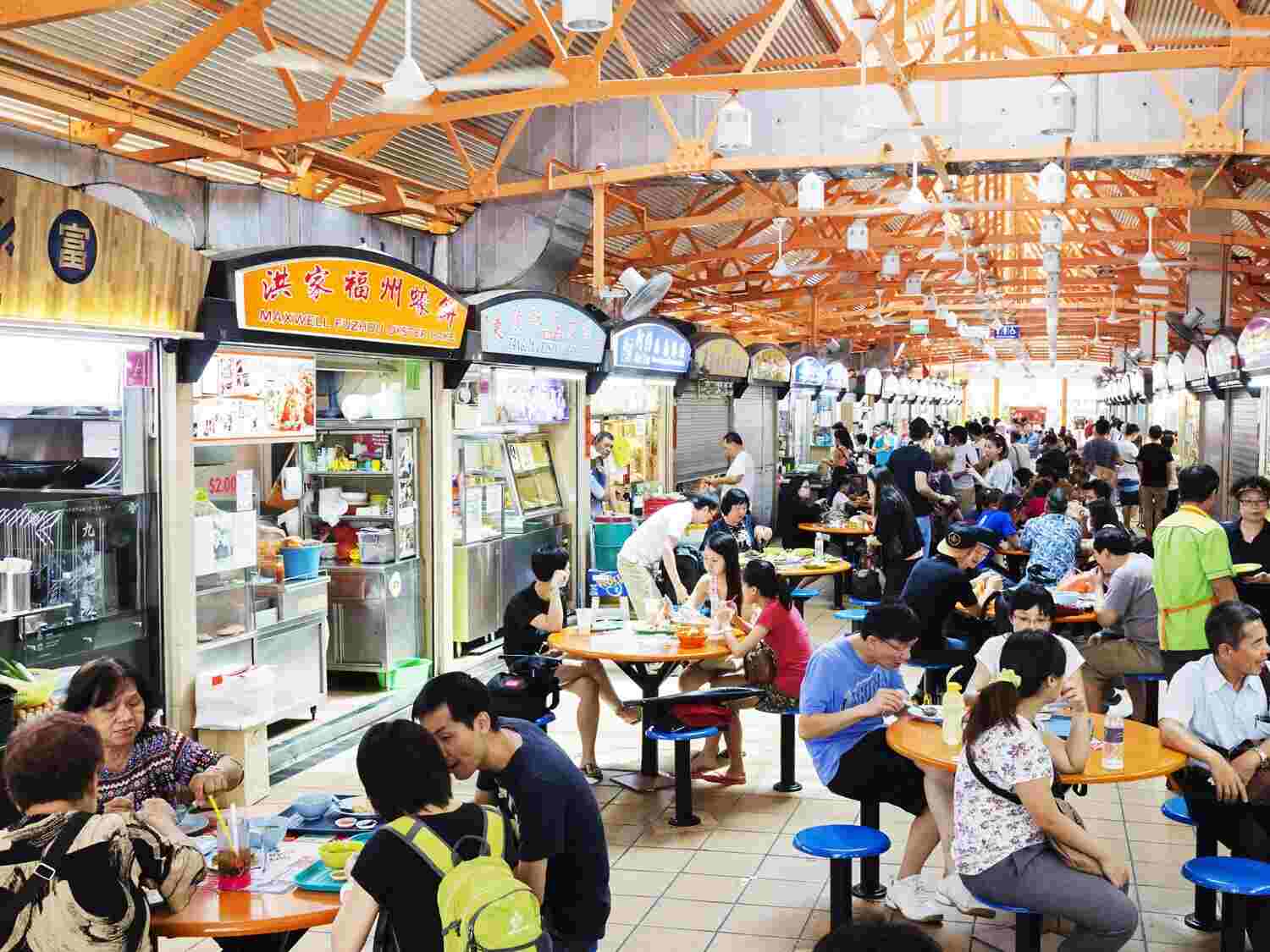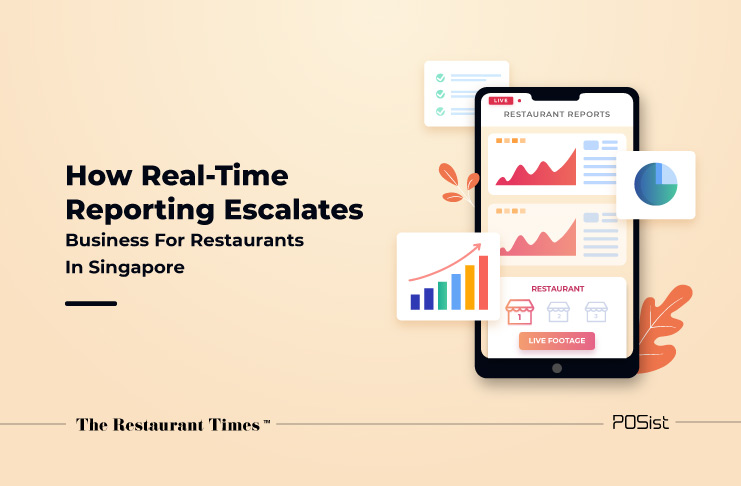The foodservice sector of Singapore is to grow at a 2.1% CAGR till 2023. Currently, the market is worth $8.3 billion, and the restaurants constitute a significant 75% share of the entire market. Singaporeans love to spend on the restaurant sector and are Asia’s top spenders. The changing lifestyle and growing demand for food on the go have to lead to a change in preferences for restaurant formats, restaurant styles, and even the food menu. Let’s talk about which format works when it comes to Singapore restaurant industry.
The concept of cloud kitchens is attentively gaining fame in Singapore. More and more people are trying to adapt to new technology.
According to Statista, the online food delivery sector in Asia amounts to more than US$58billion in 2019, with a projected increase of 10.5%.
With the upsurge in online food ordering, there has been an unsaid competition between dine-in restaurants and cloud kitchens.
Since there are so many factors that decide the working and success of a restaurant, we have listed a few comparable ones that make you take the right decision according to your available resources. Let’s dig in to see which restaurant format works better in Singapore.
What Works For Singaporeans: Cloud Kitchens Or Dine-In Restaurants
Here are some key factors that you can compare these two restaurant formats on
1. Location
The prime difference between the two restaurant formats is the need for a suitable place. While you need to analyze and select an appropriate location for a dine-in restaurant, cloud kitchens don’t need a proper place to be established. That’s some major cost-cutting!
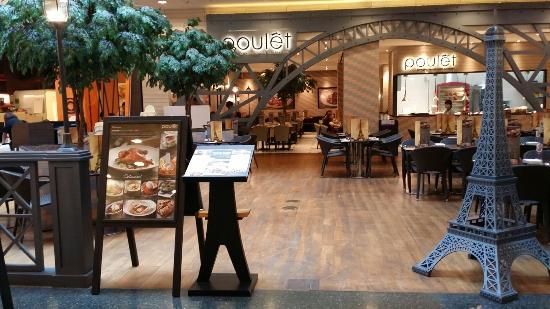
2. Budget
Starting a restaurant business in Singapore is a considerable investment. Talking about a dine-in restaurant, your investment could vary from S$ 50,000 to S$ 600,000, based on your restaurant size. However, for a cloud kitchen business, you would only need capital to rent kitchen space. Different areas in Singapore would cost you various rentals. The range of rentals is between S$6 per square foot to S$18 per square foot. Apart from these, it would help if you had kitchen equipment and delivery executives, which don’t charge you much.
Based on your budget, you can choose your preferred restaurant format.
3. Growth and Opportunity
The sales of food and beverage services have increased by 3.2% since 2018. There is massive growth in the restaurant sector, and more people are trying to enter the industry with their wisdom and ideas. Since Singapore is the world’s number one country in terms of ease of doing business, many people are taking advantage of the resourceful country to make the best restaurant there is.
Now, comparing the two restaurant formats, cloud kitchens, and dine-in restaurants. Cloud kitchens are way more profitable for a restaurateur as you can earn about 15% based on allocations and cuisines are offered. Since there is a minimum or no cost involved in setting up a cloud kitchen infrastructure, there are lesser chances for it to face huge losses like in the case of a dine-in restaurant.
4. Staff Costs
Staff Costs: Part-time workers for any kind of restaurant would typically require S$5 to S$7 per hour. However, for full-time workers in the kitchen, the pay range may vary between S$5,000 to S$6,000 per month. Other staff members might ask for something between S$2,000 to S$2,500 per month. These wages may go higher with the kind of operations the staff handles.
The difference lies in the number of people required to run operations of both kinds of restaurants smoothly. You can start a cloud kitchen with a minimum of 6-7 people, including your delivery executive, your chefs, and your order taking staff. However, you would need more than 10-15 people for a dine-in restaurant to run correctly.
5. Marketing
We need first to understand that cloud kitchens need a much more comprehensive marketing strategy than dine-in restaurants do. This is because cloud kitchens do not have a physical presence. The only way they can connect with their customers and make an impression is through their website/mobile app. Their online presence decides the fate of their restaurant business.
Wherein the case of dine-in restaurants, Singaporeans love to dine-in at least 2-3 times a month. The people choose a particular restaurant based on word of mouth and recommendations via social media. This is why food courts, cafes, and fine dining restaurants work excellently in the country.
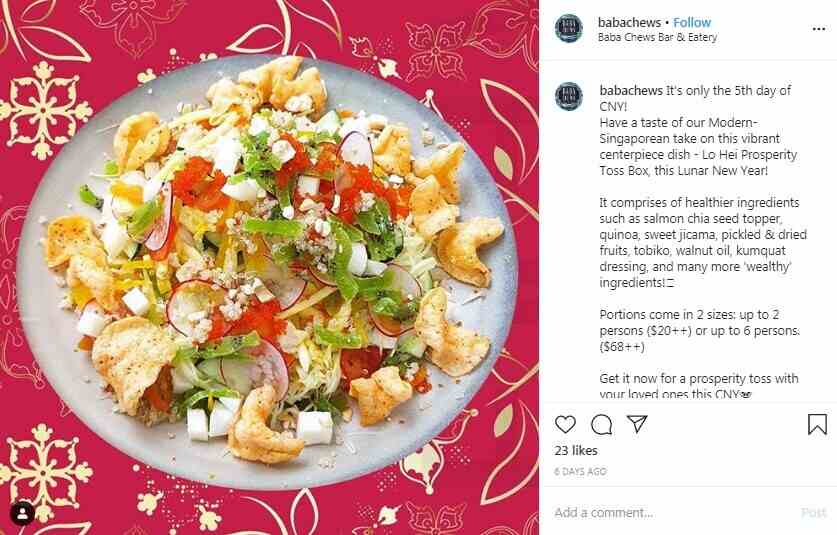
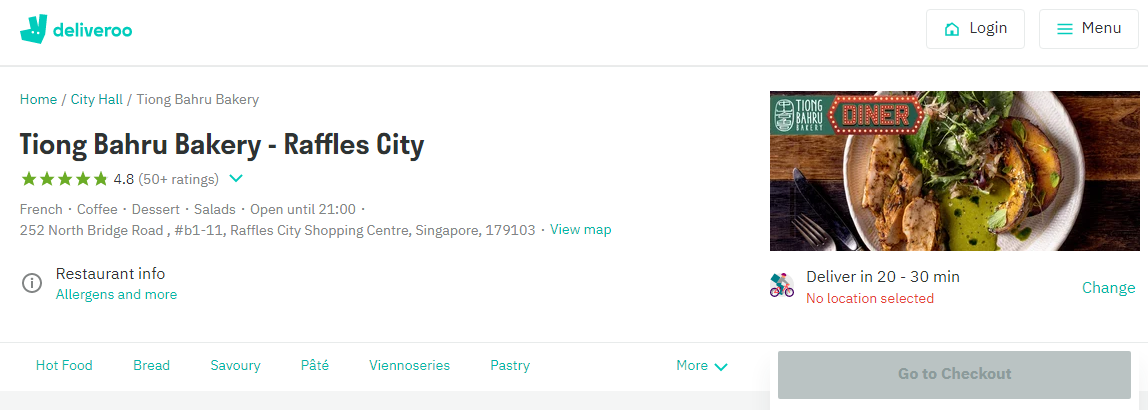
All in all, you need to consider these factors while deciding on a better restaurant format that works in Singapore. Other factors apart from these include the kind of food items you want to sell or the target audience you want to cater to. Either way, both the restaurant formats have their pros and cons, and you can expect huge returns on your investment by starting any one of the two formats.


